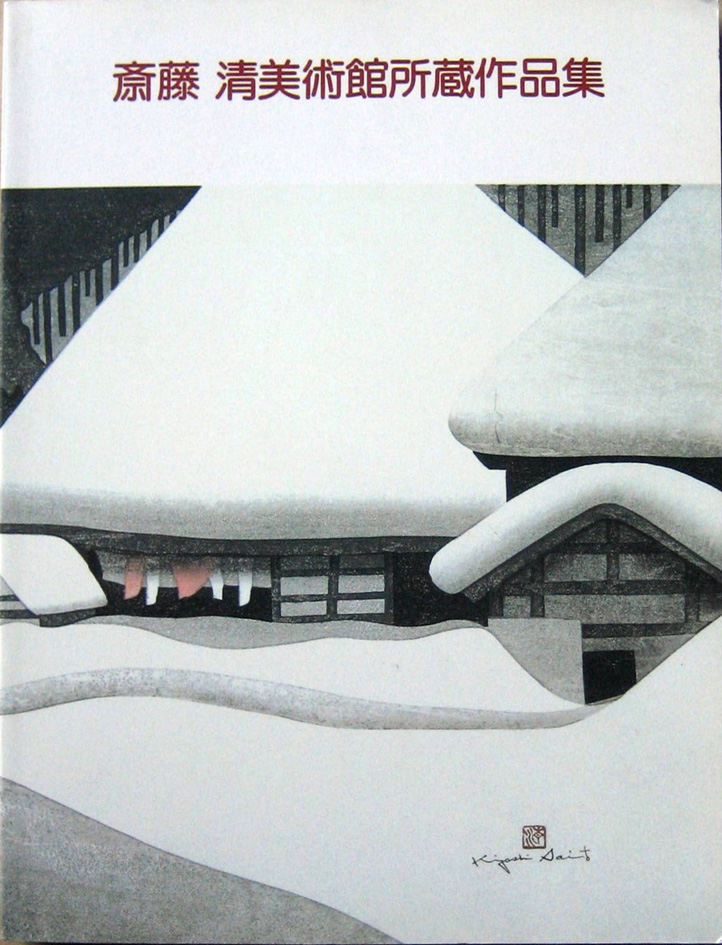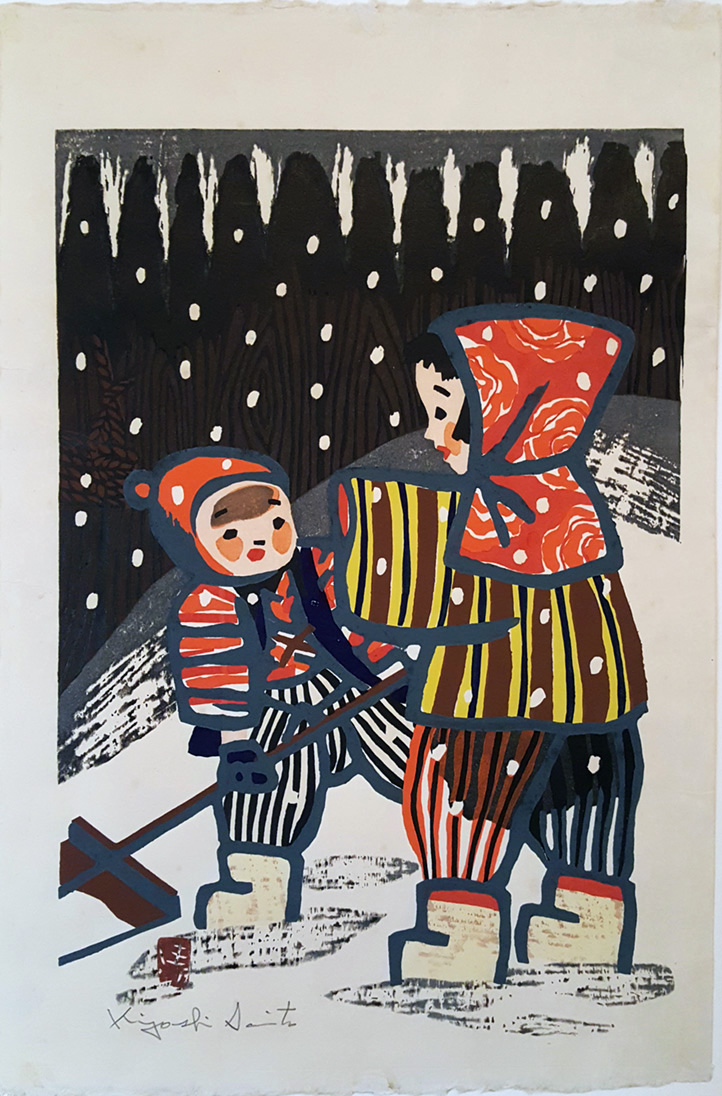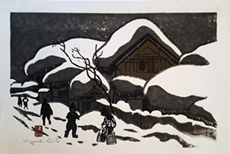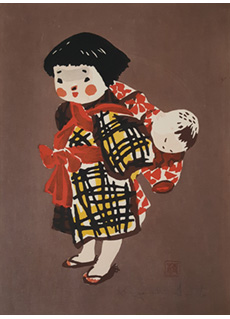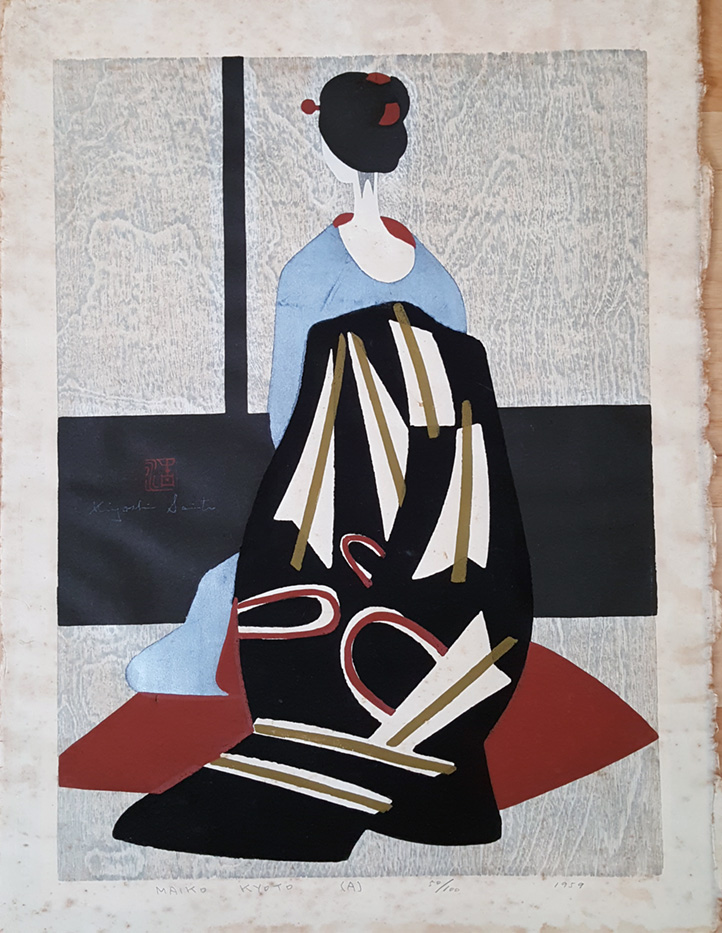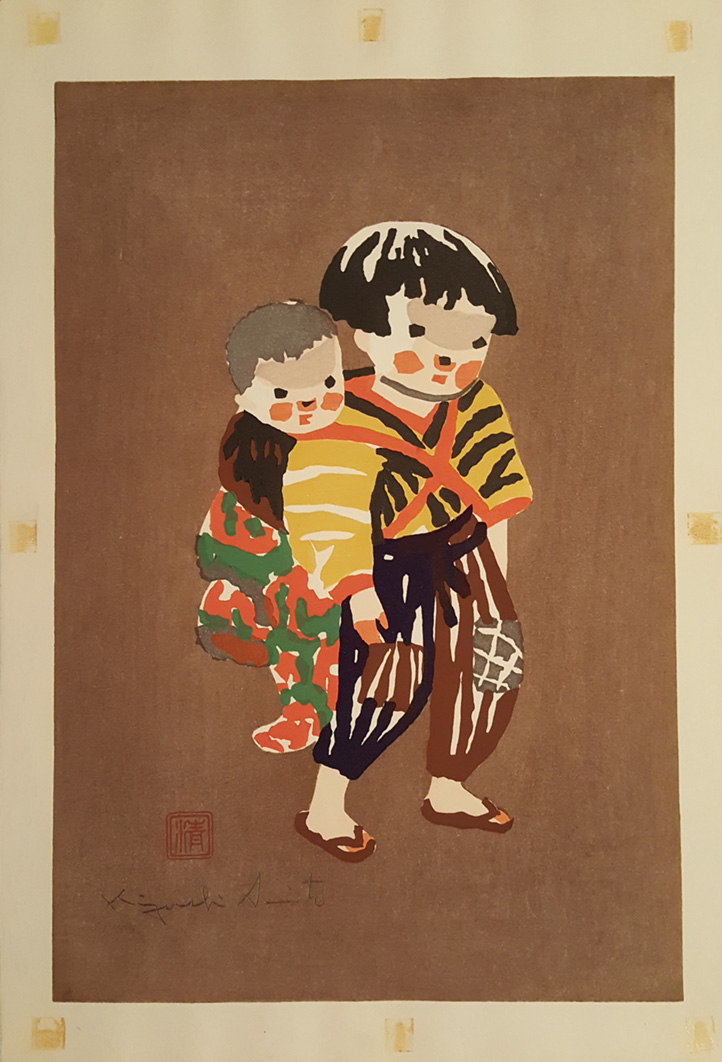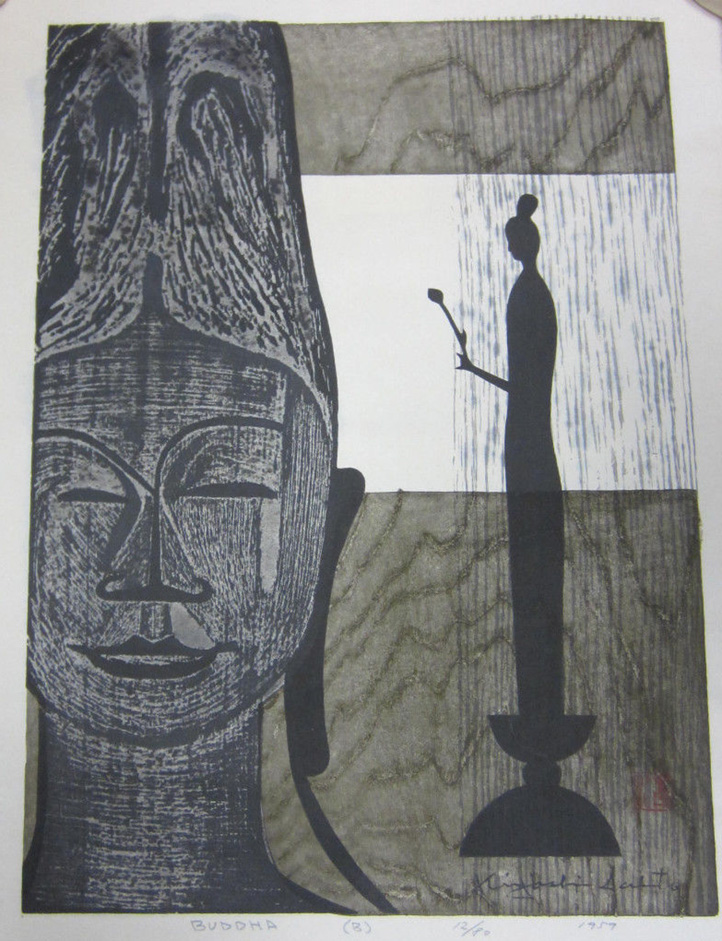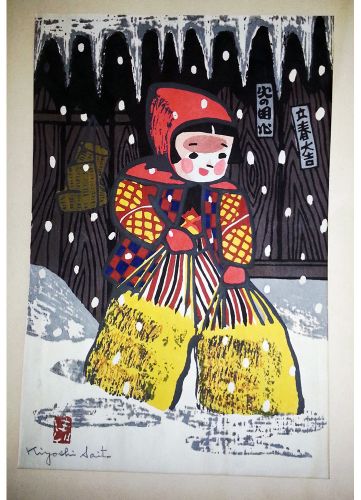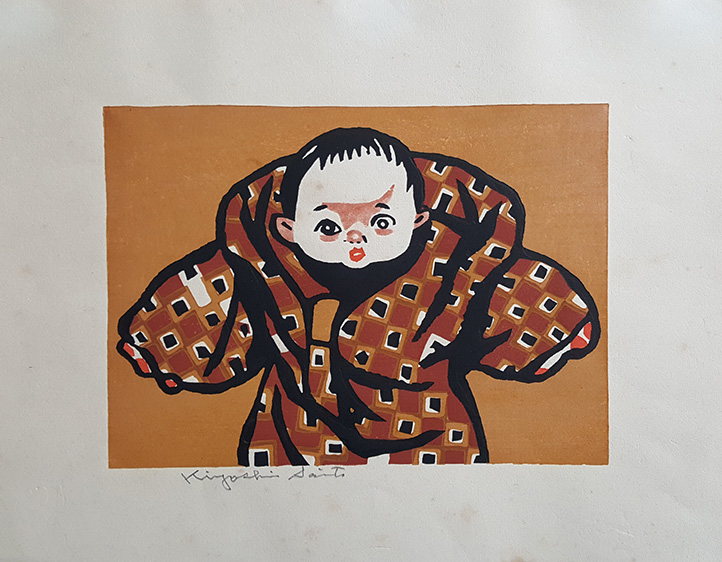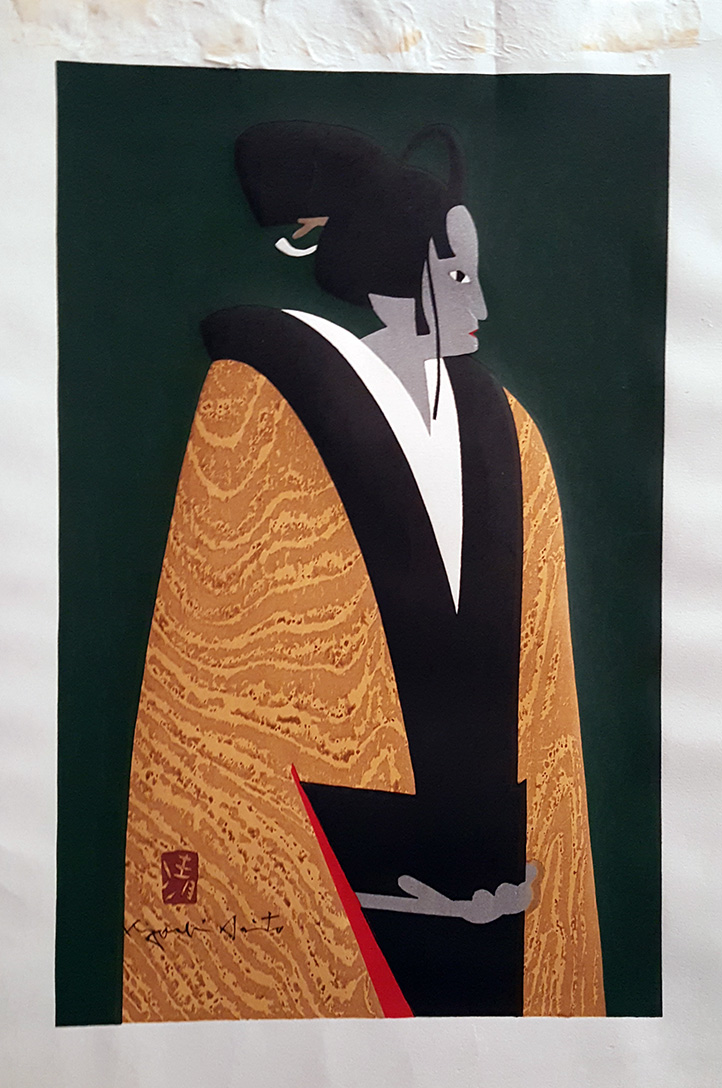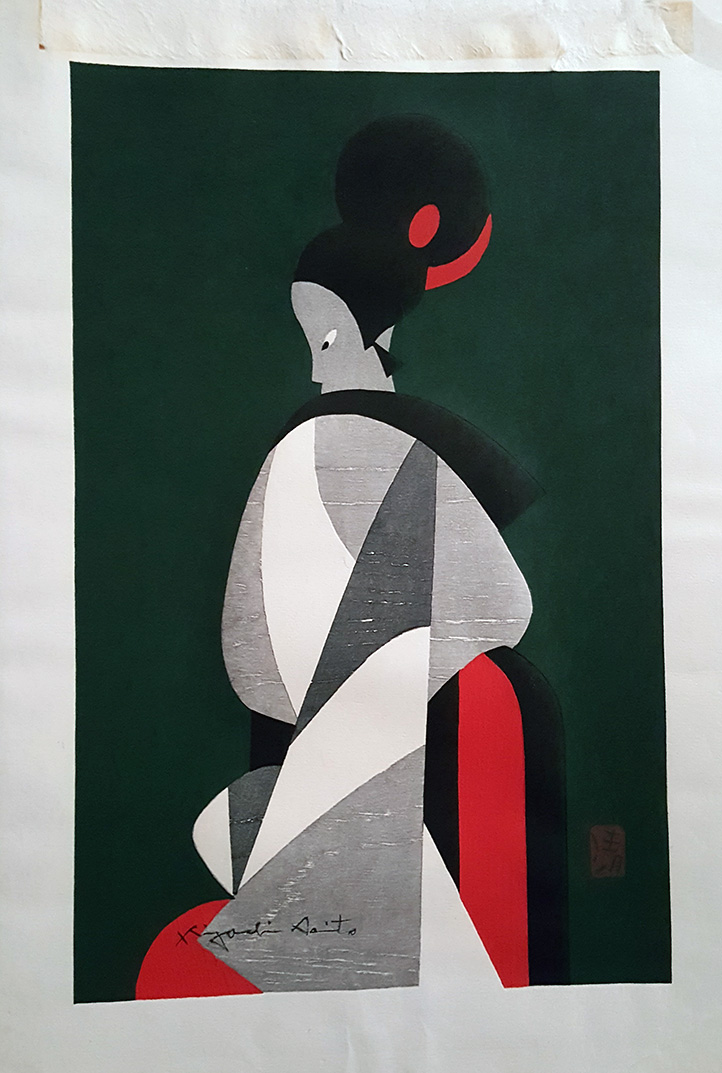Kiyoshi Saitō (斉藤清, Japan, 1907-1997) is a Japanese modernist printmaker known for producing prints with a distinct, graphic flatness.
Kiyoshi Saitō was born in Aizubange, Japan on April 27, 1907. At just five years old, he apprenticed as a sign-painter in Hokkaido, Otaru and studied drawing with artist Gyokusen Narita. By the time he was twenty, Saitō established his own successful sign-painting business. In 1932, Saitō moved to Tokyo to study Western-style painting at the Hongo Painting Institute. Saitō’s initial artwork was characterized by a focus on realism and three-dimensionality. However, in his early adulthood, the emerging artist was exposed to the works of European modernist painters like Munch, Mondrian, Picasso, Matisse, Kandinsky, and Gaugin. As a result, Saitō incorporated elements of modernism, cubism, abstract expressionism, and impressionism in his work.
Saitō’s work portrays images of traditional Japanese landscapes and rural architecture. He is also known for his depictions of women adorning elaborate traditional Japanese kimono fashions, maiko dancers, images of animals, haniwa burial figures, shrines in Kamakura, and imagery inspired by travels in the U.S., Mexico, and Europe. Saitō was a sōsaku hanga (creative print) artist, meaning his work was self-drawn, self-carved and self-printed - an artistic process practiced by many modern Japanese artists as a collective departure from traditional publishing houses, which utilized a division of creative and labor art practices. Early in his career, Saitō used katsura wood ordered from Hokkaido - one of Japan’s islands and echizen hosho (mulberry paper) that he special-ordered from a paper dealer in the Fukui Prefecture. Later this type of wood became scarce, so during the last 20 years he worked with shina nuki (a type of plywood).
In 1936, Saitō began experimenting with woodblock prints and exhibiting works with Nihon Hanga Kyōkai (Japanese Creative Print Association). Saitō mainly worked with oil paint until his invitation from fellow woodblock print artist, Tadashige Ono (1909-1990), to join the Zokei Hanga Kyōkai (Plastic Print Association) in 1938. This exposure influenced Saitō to make woodblock his primary medium. In the same year, Saitō met other renowned artists such as Umetaro Azechi (1902-1999) and Gen Yamaguchi (1896-1976) through artist Kōshirō Onchi’s (1891-1950) Ichimokukai (First Thursday Society). They gathered once a month to discuss their prints. Also through his acquaintance with Onchi, Saitō was exposed to galleries where American purchasers began to take an interest in his work. In 1938, Saitō issued his first prints in his now famous Winter in Aizu series, scenes of nature and architecture set in his hometown in Aizu, Fukishima. His series of Persimmon in Aizu, Harvest in Aizu, Houses in Aizu and others are also well-known. Saitō’s prints developed over the course of his artistic career. His began to show prints with bold, simple, flat and solid areas of color and texture. Rather than depicting something for how it looks in real life, Saitō was interested in the reduced shapes, muted and unexpected colors, and the core essence of his subjects and settings. In the first stages of print production, Saitō created a pencil sketch of the area he wished to depict. He then drew a finalized panoramic view that he divided into several prints to create a series.
In 1948, Saitō exhibited at the Salon Printemps, an event sponsored by Americans for Japanese Artists. In 1950 at the Sao Paulo Biennale, his work Steady Gaze (Flower) won the Japanese Ancestry in Sao Paulo Prize. It was the first international prize for a Japanese artist after the Second World War. In 1956, Saitō was sponsored by the State Department and the Asia Foundation to travel and exhibit around the United States and Europe. Saitō continued to gain honors, win prizes, and exhibit in prestigious settings like the 1957 exhibition in Washington, D.C.’s Corcoran Gallery of Art. Saitō is also known for creating a woodblock print of Prime Minister, Eisaku Sato for the cover of Time magazine in 1967. Saitō is decorated with Japan’s highest honors for his distinguished contribution to Japanese arts: The Order of Sacred Treasure (1981) and The Order of Culture in 1995. The recognition and increased demand for his work brought Saitō immense wealth. In 1985, a large show of Saitō’s oeuvre was held at a department store in Tokyo and sold more than 800 copies in less than a week. The mad rush for Saitō’s work continues today.
Kiyoshi Saitō passed away at the age of 90 on November 14, 1997, shortly after opening the Kiyoshi Saitō Museum of Art in Yanaizu. Hiyoshi Saitō’s highly regarded works are included in numerous major collections like the Hendricks Art Collection and museums like the Cincinnati Art Museum, Philadelphia Museum of Art, Achenbach Foundation for the Graphic Arts in San Francisco, New York Public Library, Art Institute of Chicago, Fukushima Prefectural Museum of Art, and the Kanagawa Prefectural Museum, among others.







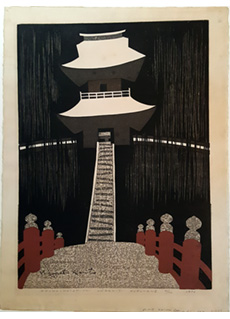
 Japan
Japan

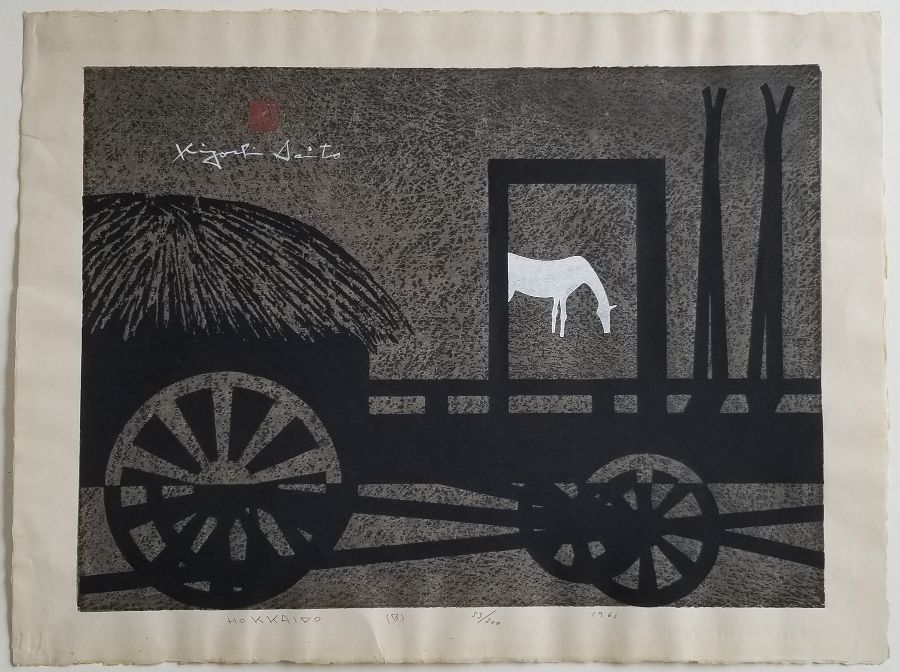
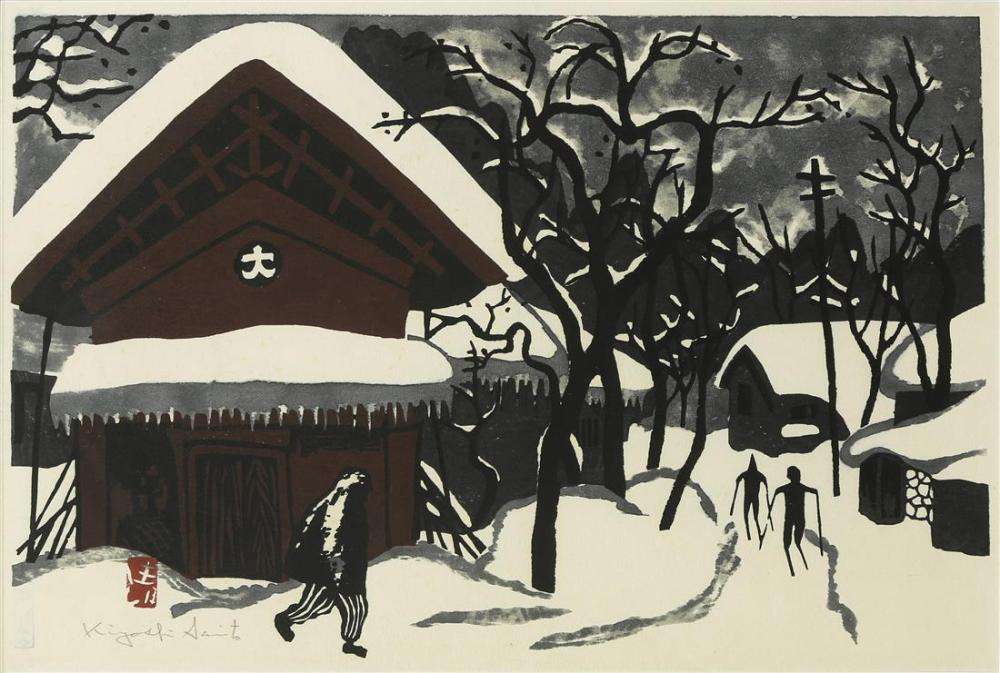
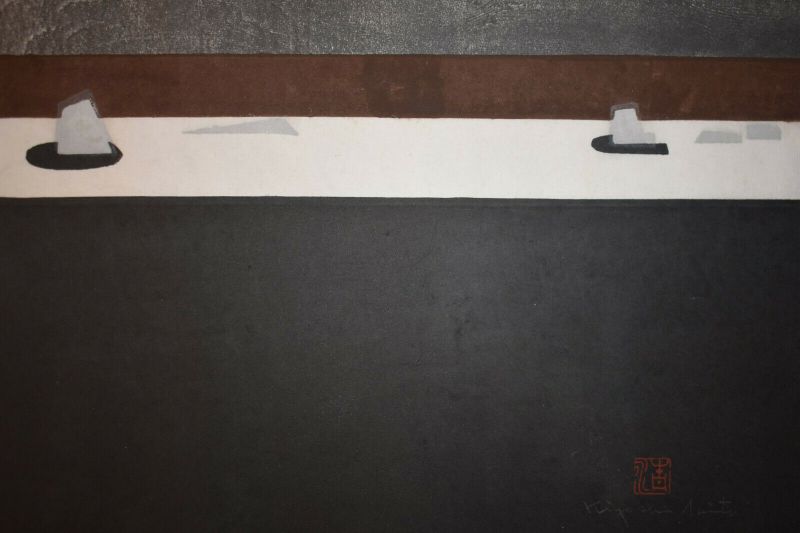
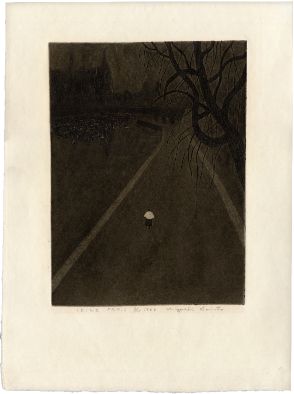
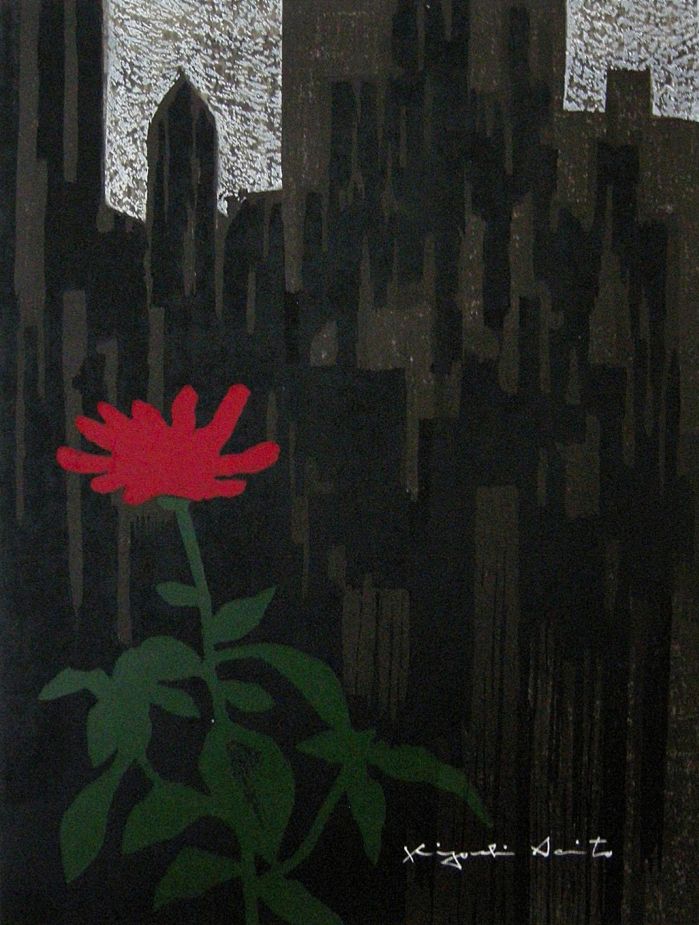
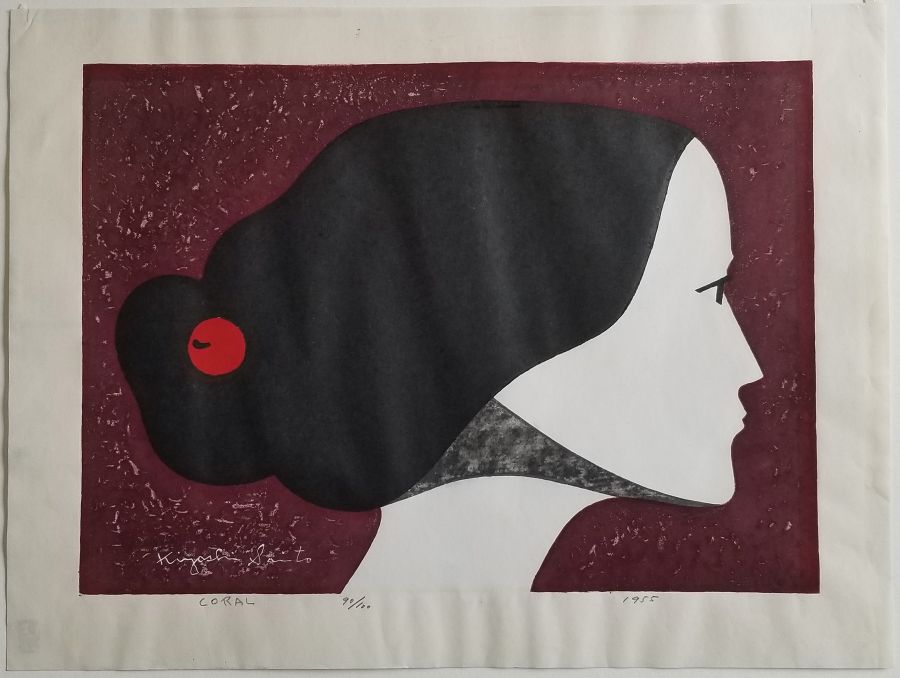
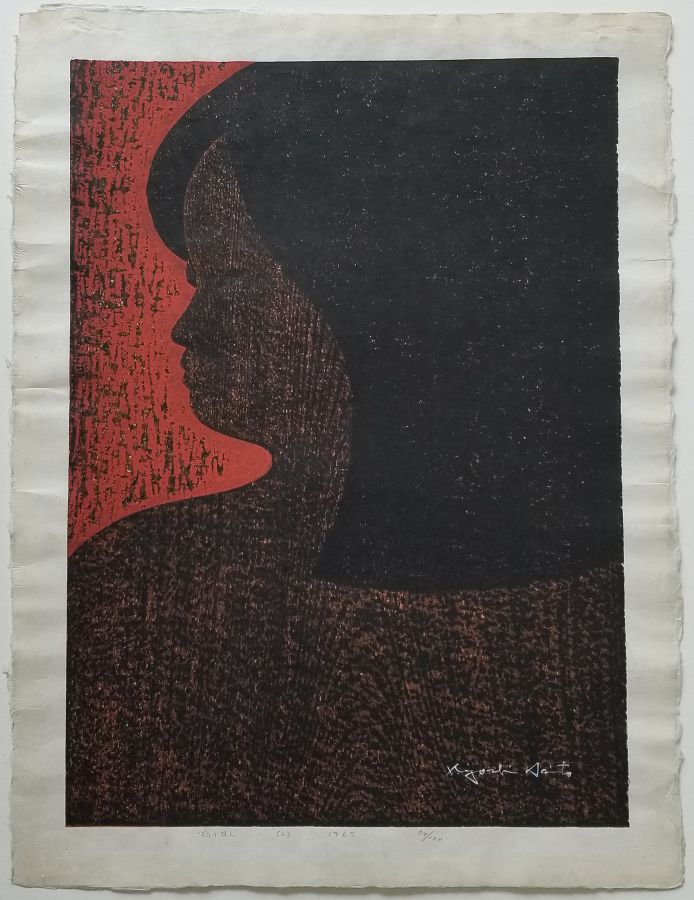
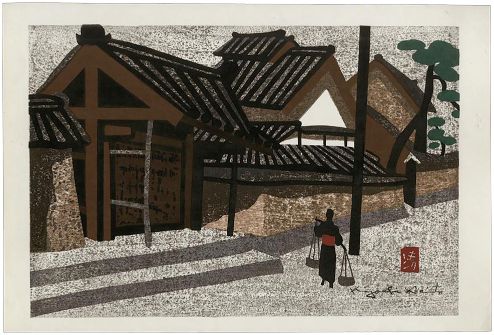
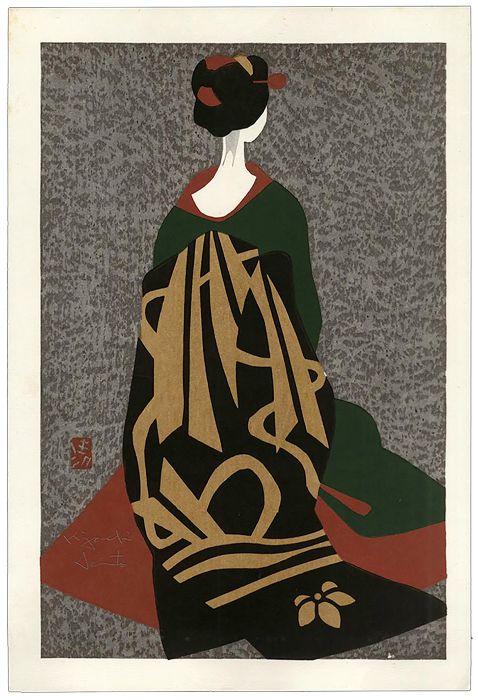
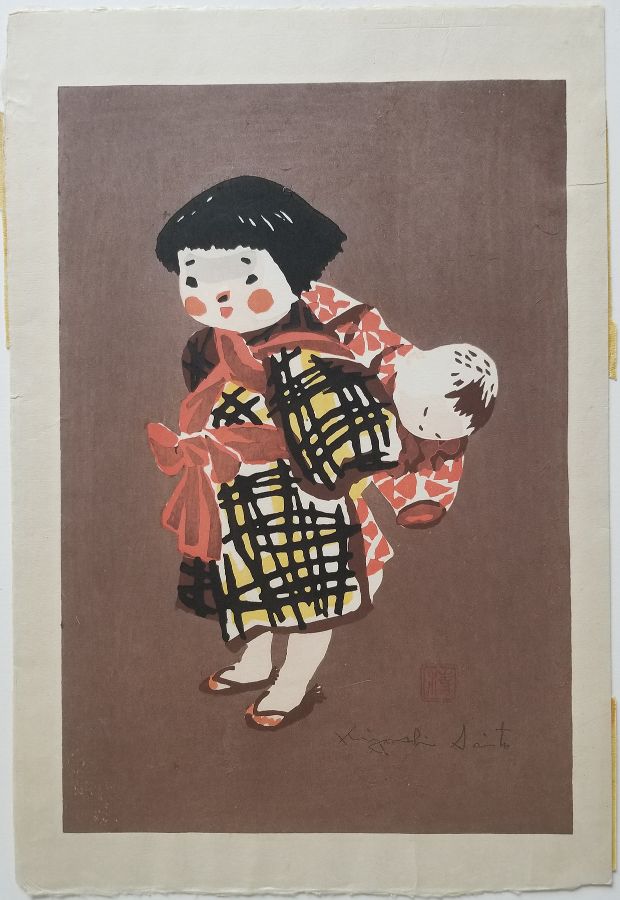
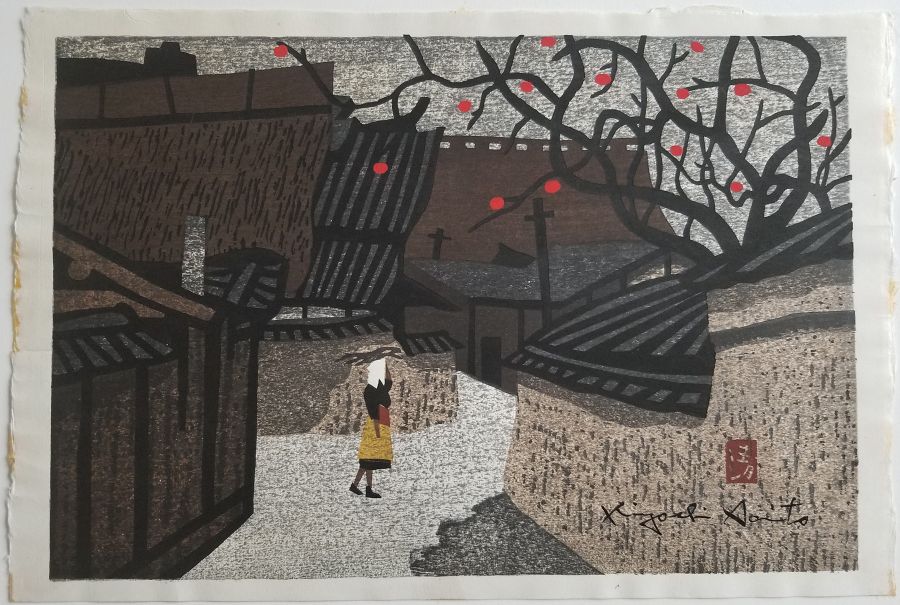
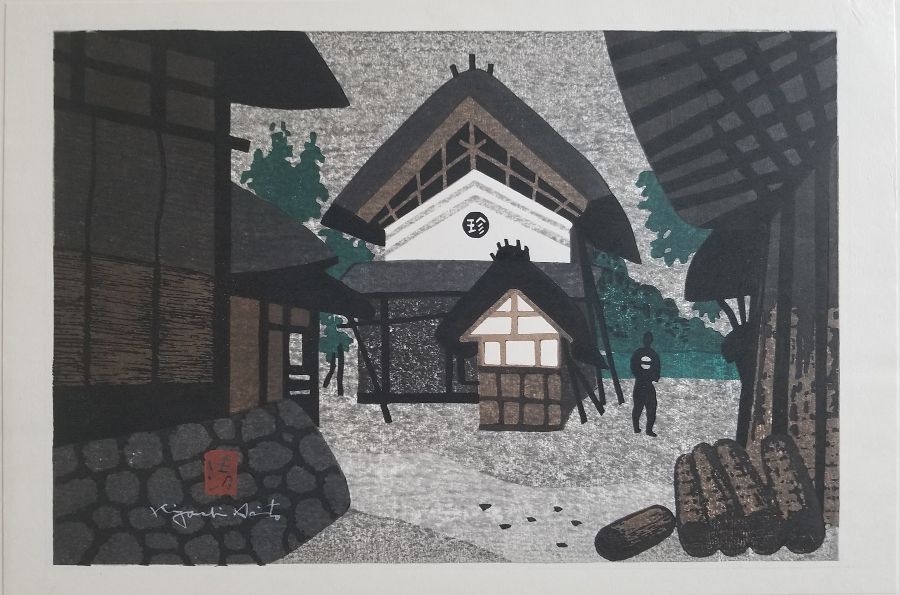
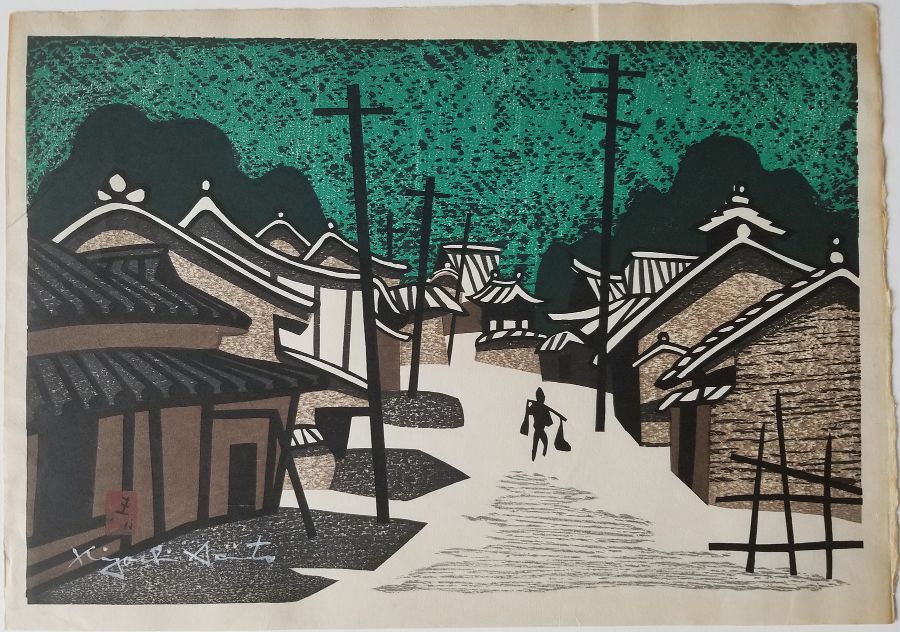
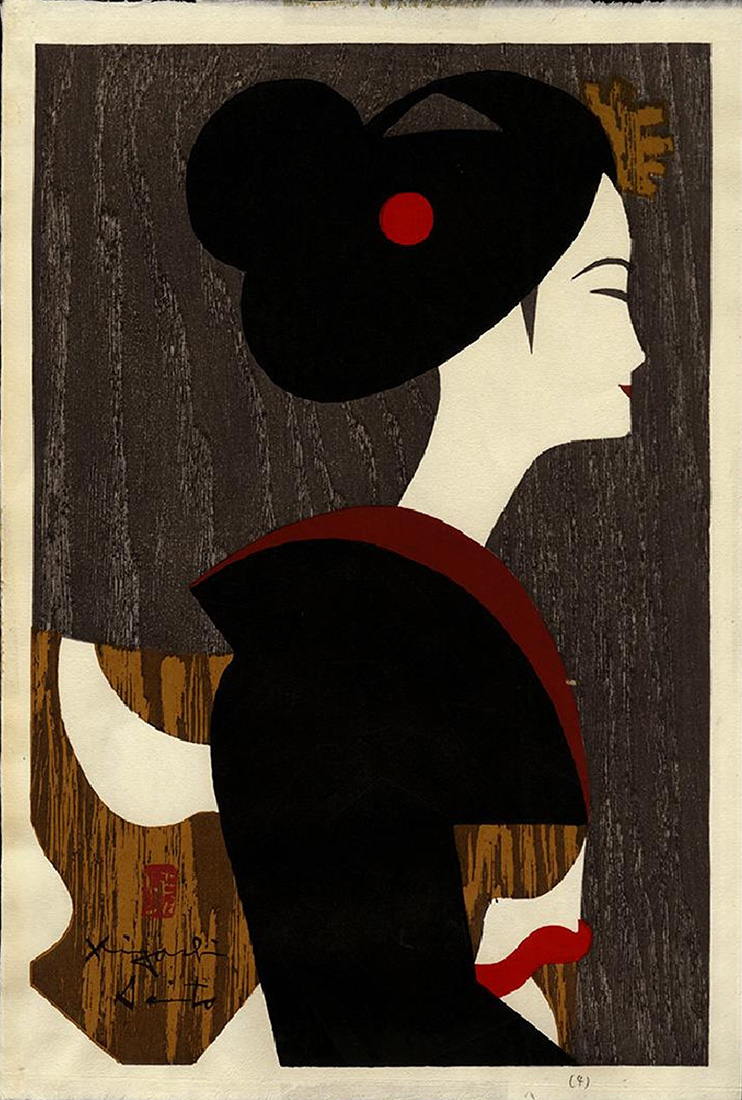
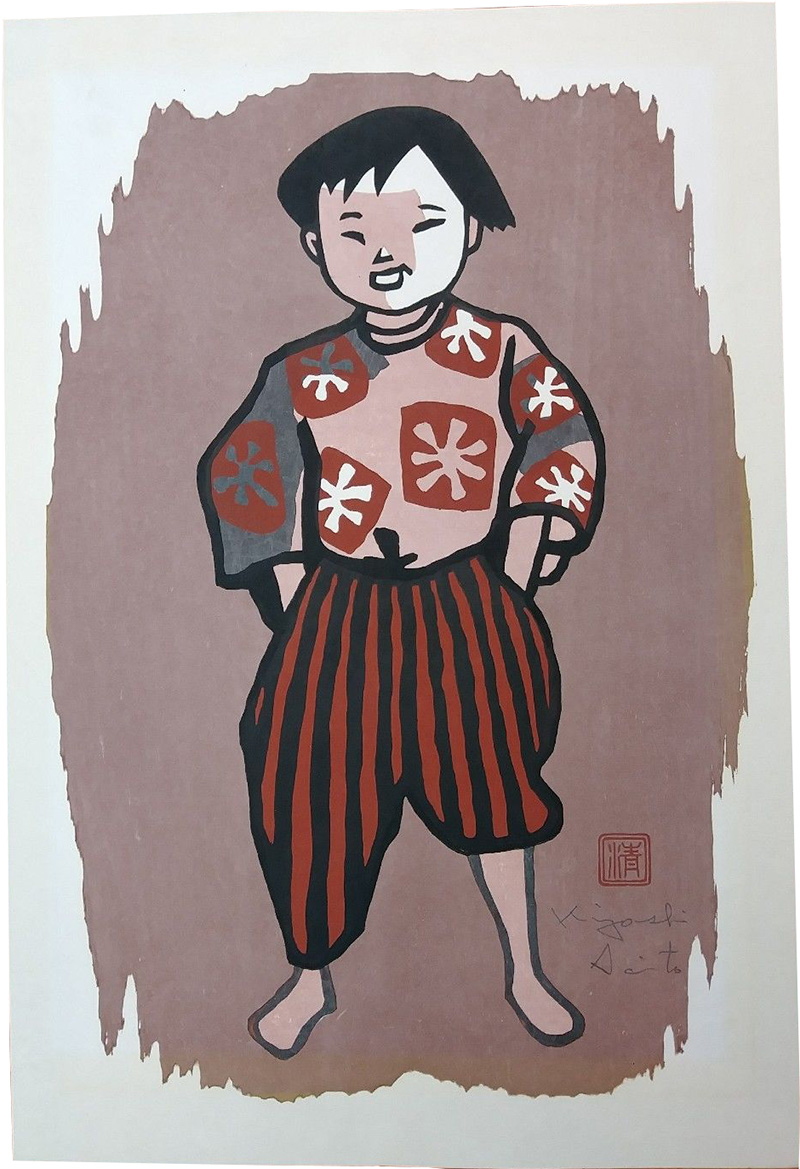
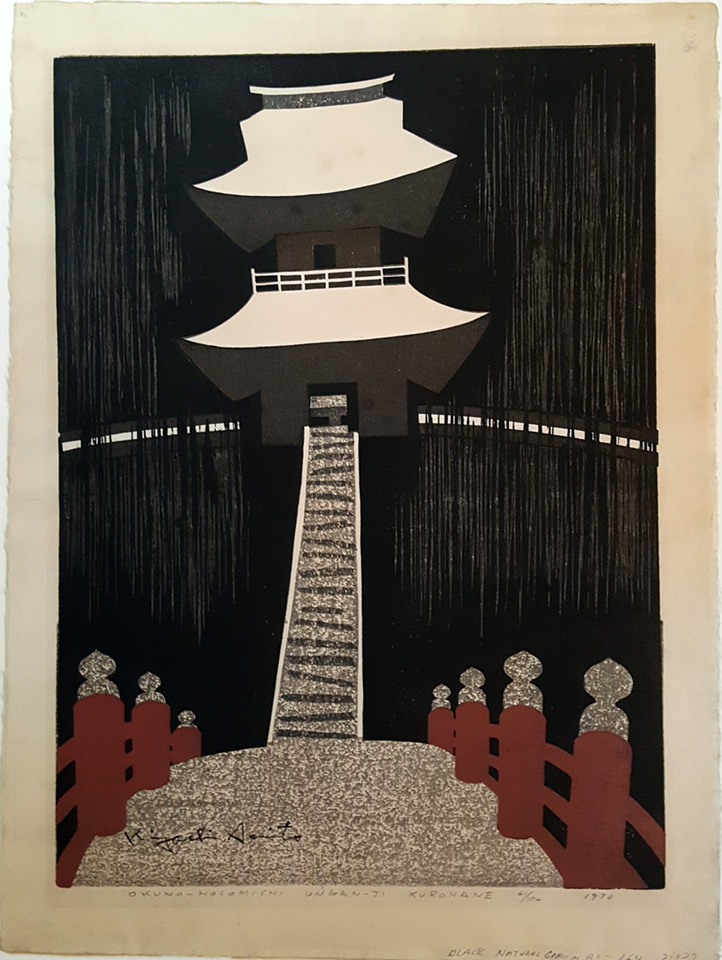
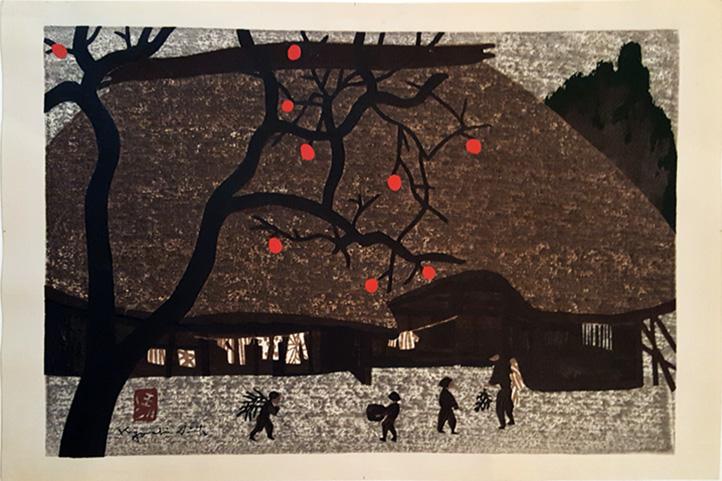
 by Kiyoshi Saito.jpg)
